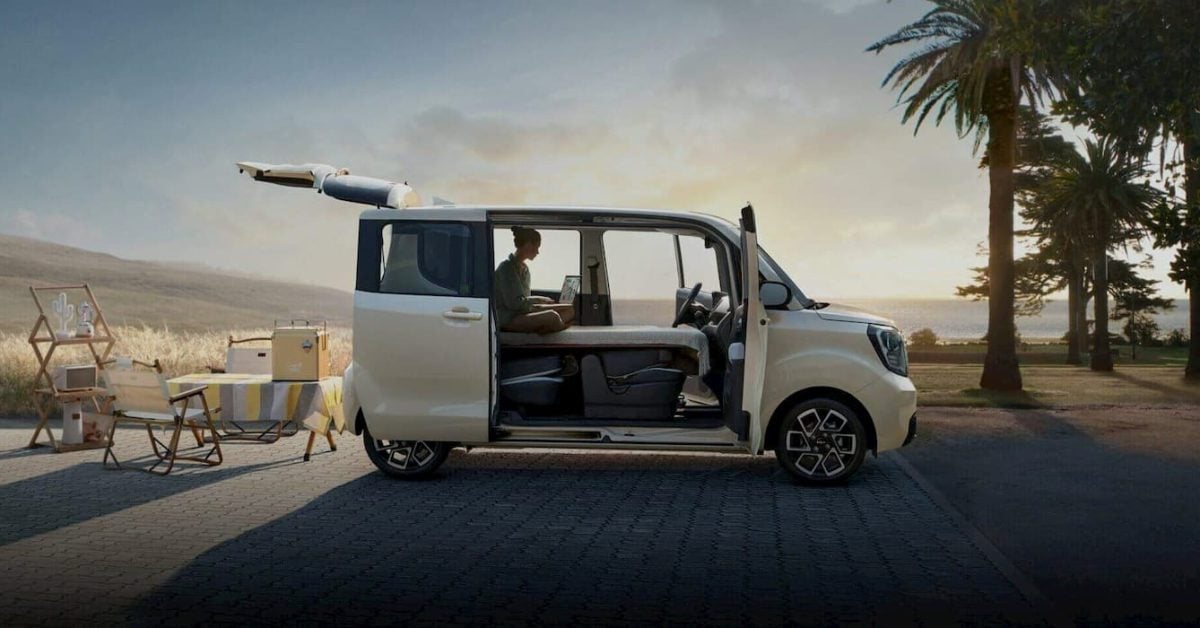Kia officially launched the 2025 Ray EV in Korea with the same low starting price of under $21,000. However, the new model year gains additional features. With incentives, the entry-level electric car can be bought for as little as $15,000 (20 million won).
The “New Kia Ray” was reborn as an entry-level EV last year. After opening pre-orders last August, starting at around $20,500 (27.35 million won), the Kia Ray EV secured over 6,000 reservations in less than a month.



You’re going to get 100 miles of real world range out of that 120 rating. Then you will lose 20 for running the AC. That’s 80 miles. If you add passengers, that’s another 20 you will lose. You’re now down to 60 miles of range. Better hope your commute is under 30 miles each way and that you don’t have to stop for groceries or something on the way home. Also that last 20 miles of battery power, the car is going to go into power saving mode and will turn off the AC.
I have a 2016 EV with 130km of range. Your estimates are pessimistic unless you add in snow and change AC to heat and your passenger is huuuuge.
BTW its range is fine for town and nearby so it’s a great daily driver.
Most people really do drive less than 80km/day. We need two vehicles so the 21-year old ICE vehicle is used for road trips. Otherwise we would simply rent for the rare long haul.
I have an EV with 250 miles range. Typically gets more than that, not less, in the summer with AC on.
Lucky you. Neither of the EVs I’ve owned have worked this way. The guess o meter automatically goes down when the AC is turned on.
https://cars.usnews.com/cars-trucks/advice/what-ac-does-to-your-ev-range
“A study by AAA found that a temperature of 95 degrees outside translates to a 17% range loss.”
Losing range has way more to do with speed than AC or an extra passenger. Taking side roads going 40 mph will give me a massive range boost vs the highway going 70-75 mph (2011 Leaf with “82 miles” range on the fully charged GOM).
I barely notice a difference with extra passengers and weight (which makes sense since an extra passenger adds about 0.5% to the cars weight.
And running heat kills battery much more than AC. AC will impact it a bit, but usually only about 5% in my estimation
Can confirm, I had a '11 Leaf SV in the boiling desert heat. I could get 85 miles out of it when the gom started at 70 (I think the highest I saw was 5.4mi/kW) but if you - hypothetically cough cough - ran it flat out at the 93mph top speed, it could eat through that 70ish gom in about 15 miles. Speeds above ~50 absolutely tank the Leaf’s range.
Heat is bad unless your model has a heat pump. Late 1st gens had it (as an option, I think). I’ve heard it’s more than worth the upgrade. But heat on the battery is way worse, as it kills cells fast. I lost 10% SoH (I think that’s the correct term, been a while) in 4 months in the desert heat. Environment is the biggest factor by a massive margin for the Leaf. Range is short term pain but battery degradation is permanent and can only be solved with replacement. It’s the one thing I didn’t like about the Leaf - everything else is great.
1500 kg car and one 75 kg passenger makes 5%, with 3 passengers 15%.
I stand corrected. I still don’t think it affects range much
Do they officially call it a guessometer?
I don’t think so. That’s just we all call it